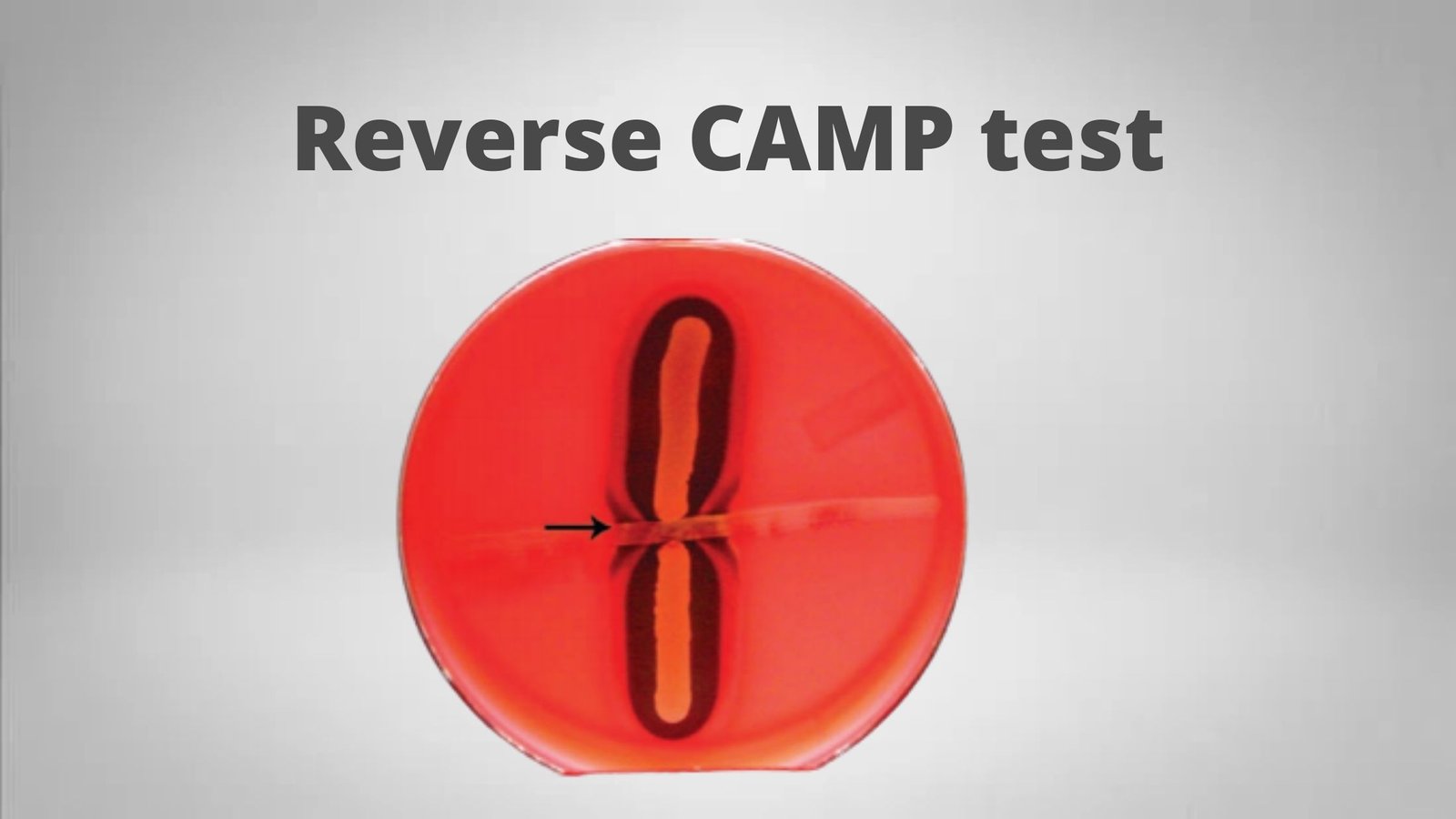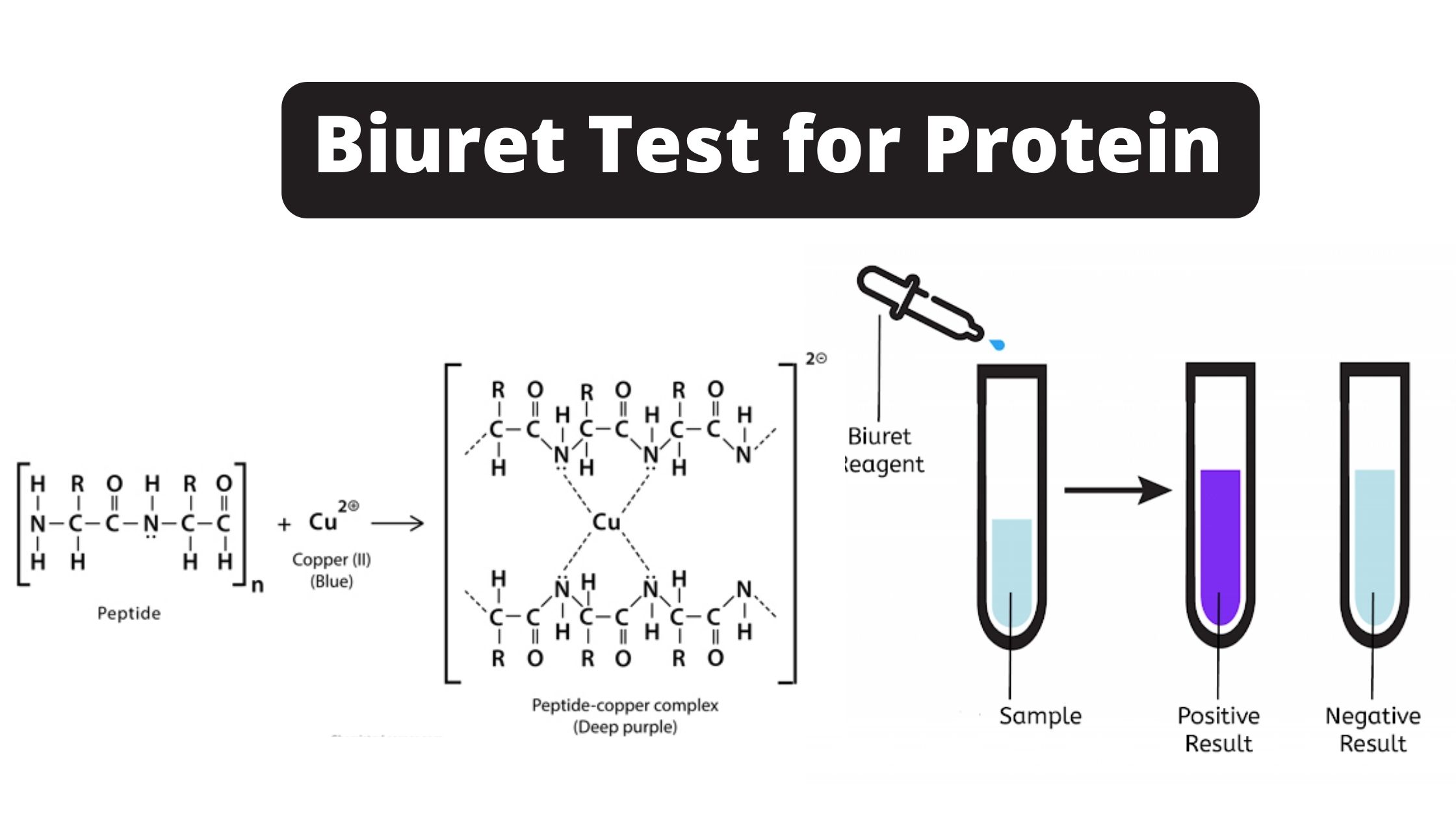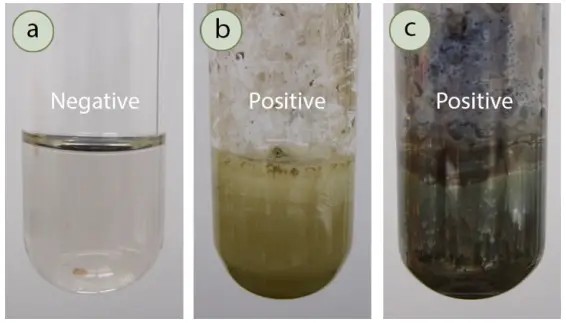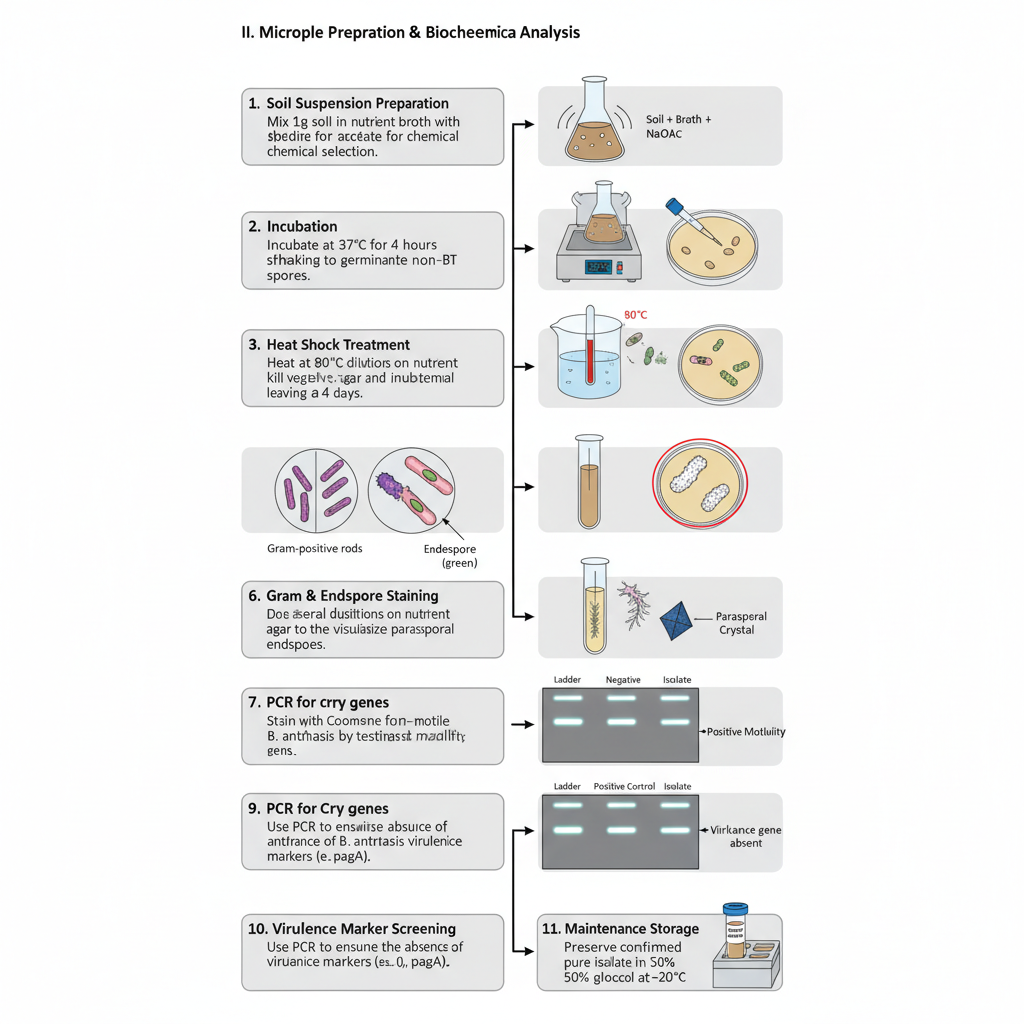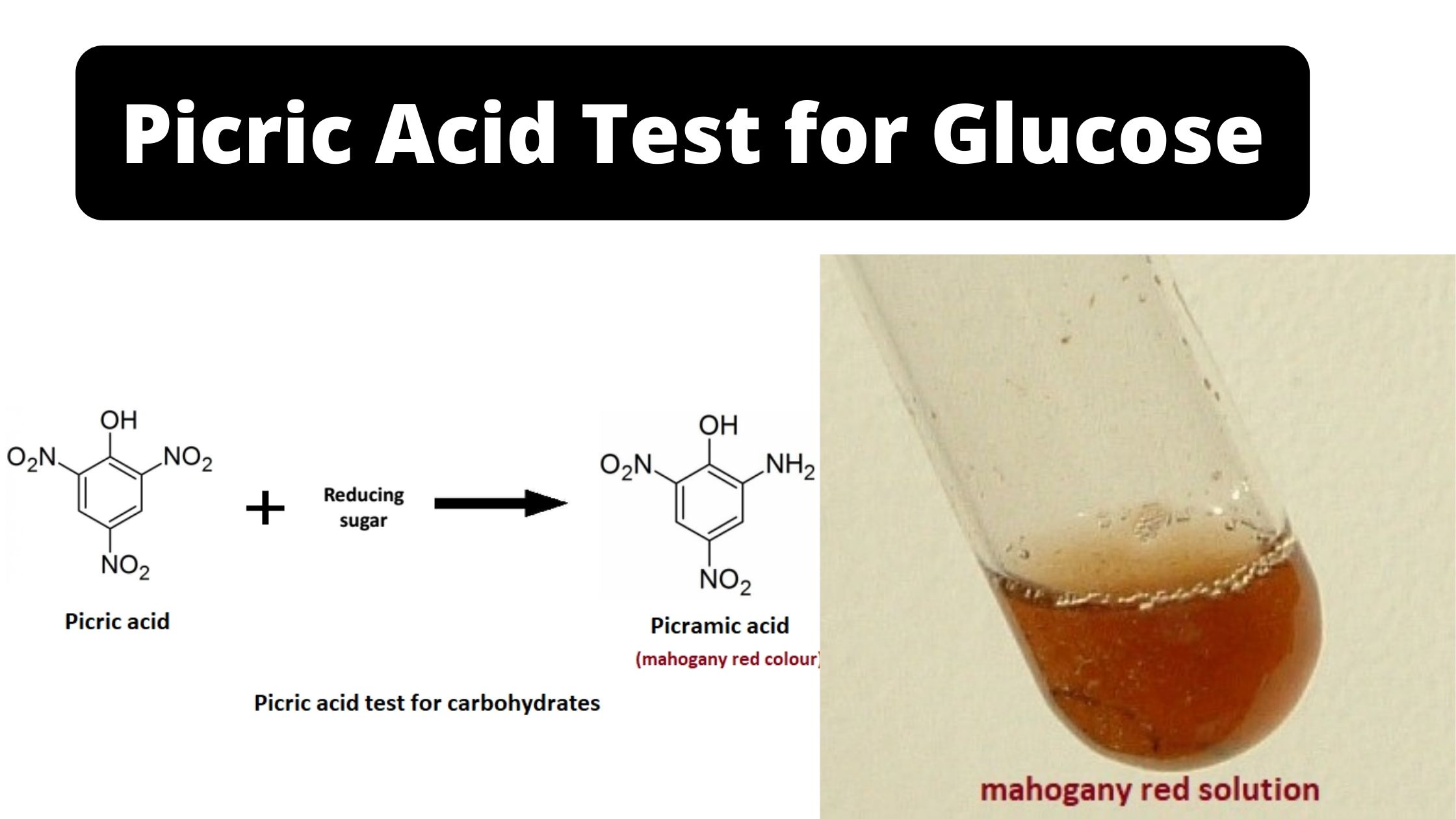Gelatin Hydrolysis Test – Purpose, Principle, Procedure, Result.
The gelatin proteins derived from the animal connective tissue, collagen. Gelatin is produced when collagen is boiled in water. A gelatin hydrolysis test is used to detects the presence of gelatinases. Gelatinases are extracellularly secreted by some bacteria which hydrolyze or digest gelatin.


